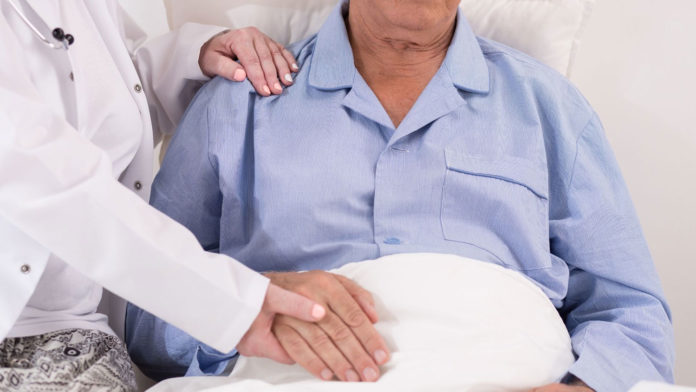Currently, Parkinson’s disease (PD) diagnosis is mainly based on medical history and physical examination, and there is no objective and consistent basis. By the time of diagnosis, the disease would have progressed to the middle and late stages that it’s difficult to treat. Although there’s no cure, early diagnosis and treatment can improve one’s quality of life, relieve symptoms and prolong survival.
In an effort to detect the disease earlier, researchers from China’s Zhejiang University have developed a portable, artificially intelligent olfactory system, or “e-nose,” that could someday diagnose Parkinson’s disease in a doctor’s office at an early stage, when treatment is most effective. The portable device combines gas chromatography (GC) technology with a surface acoustic wave sensor – which measures gaseous compounds through their interaction with a sound wave – and machine learning algorithms.
People with Parkinson’s disease secrete increased sebum (an oily, waxy substance produced by the skin’s sebaceous glands), along with increased production of yeast, enzymes, and hormones, which combine to produce certain odors. The team wanted to develop a fast, easy-to-use, portable, and inexpensive GC system to diagnose PD through smell, making it suitable for point-of-care testing.
In order to test their device, researchers collected sebum samples from 31 Parkinson’s disease patients and 32 healthy controls by swabbing their upper backs with gauze. The sebum samples were then analyzed by the e-nose, finding three odor compounds (octanal, hexyl acetate, and perillic aldehyde) – that were significantly different between the two groups, which they used to build a model for PD diagnosis.
Utilizing that diagnostic model, the e-nose was used to analyze sebum from an additional 12 PD patients and 12 healthy controls. The team found that the model had an accuracy of 70.8% in predicting the disease. The accuracy of diagnosis improved to 79.2% when machine learning algorithms were used to analyze the entire odor profile.
The team needs to test e-nose on many more people to improve the accuracy of the models before it is ready for the clinic.
